E-commerce Growth
The Luggage Market is witnessing a significant transformation due to the rapid growth of e-commerce platforms. With an increasing number of consumers opting to shop online, luggage retailers are adapting their strategies to cater to this shift. Data indicates that e-commerce sales in the luggage sector have surged, with online sales accounting for approximately 30% of total luggage sales in recent years. This trend is further fueled by the convenience of online shopping, coupled with the ability to compare prices and read reviews. As a result, traditional brick-and-mortar stores are increasingly integrating online sales channels to remain competitive. The Luggage Market is likely to see continued growth as e-commerce becomes a dominant force, enabling brands to reach a broader audience and enhance customer engagement through targeted marketing and personalized shopping experiences.
Customization Trends
The Luggage Market is experiencing a rise in demand for personalized and customizable luggage options. Consumers are increasingly seeking products that reflect their individuality and personal style, leading to a trend where brands offer customization services. This includes options for monogramming, color selection, and unique design features. Data suggests that the customization segment within the luggage market is expected to grow by over 20% in the coming years. This trend is particularly appealing to younger consumers, who value self-expression and are willing to invest in products that align with their identity. As a result, companies that embrace customization are likely to attract a loyal customer base, thereby enhancing their competitive advantage in the Luggage Market.
Rising Travel Demand
The Luggage Market is experiencing a notable surge in demand, driven by an increase in both leisure and business travel. According to recent data, the number of international travelers is projected to reach 1.8 billion by 2025, indicating a robust growth trajectory. This rise in travel frequency necessitates the acquisition of new luggage, as consumers seek durable and stylish options to accommodate their journeys. Furthermore, the expansion of low-cost airlines and the growing popularity of travel experiences contribute to this trend. As more individuals embark on trips, the Luggage Market is poised to benefit from heightened consumer spending on travel-related products, including suitcases, backpacks, and travel accessories. This demand is likely to stimulate innovation and competition among manufacturers, ultimately enhancing the overall market landscape.
Sustainability Initiatives
The Luggage Market is increasingly influenced by sustainability initiatives as consumers become more environmentally conscious. There is a growing demand for eco-friendly luggage options made from recycled materials and sustainable production processes. Recent surveys indicate that approximately 60% of consumers are willing to pay a premium for products that are environmentally friendly. This shift in consumer behavior is prompting manufacturers to adopt sustainable practices, such as reducing plastic usage and implementing ethical sourcing of materials. Brands that successfully communicate their commitment to sustainability are likely to resonate with a broader audience, thereby enhancing their market position. As the Luggage Market embraces these initiatives, it may lead to the emergence of new product lines that cater specifically to eco-conscious travelers.
Innovative Materials and Design
The Luggage Market is evolving with the introduction of innovative materials and design concepts that cater to the modern traveler. Manufacturers are increasingly utilizing lightweight, durable materials such as polycarbonate and ballistic nylon, which enhance the functionality and longevity of luggage products. Additionally, advancements in design, such as the incorporation of smart technology and ergonomic features, are becoming prevalent. For instance, luggage equipped with built-in charging ports and GPS tracking systems is gaining traction among tech-savvy consumers. This focus on innovation not only meets the practical needs of travelers but also aligns with aesthetic preferences, as consumers seek luggage that reflects their personal style. As these trends continue to shape the Luggage Market, companies that prioritize research and development are likely to gain a competitive edge.


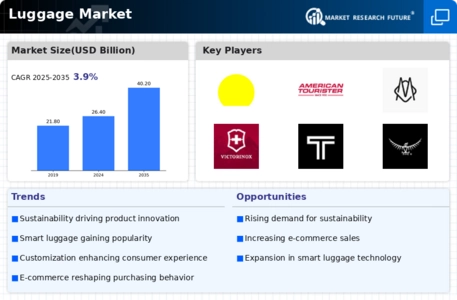

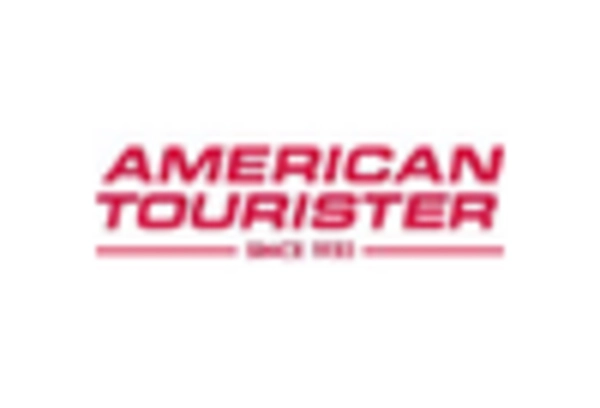
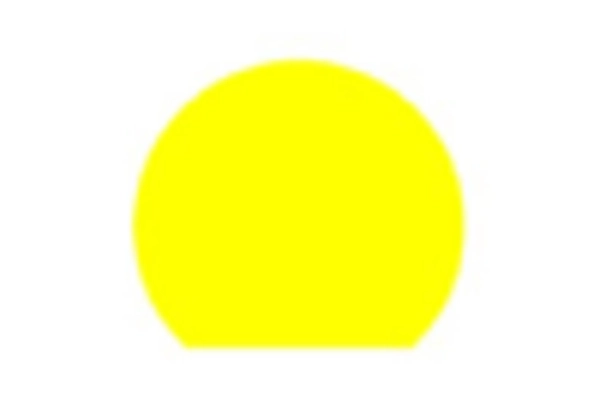
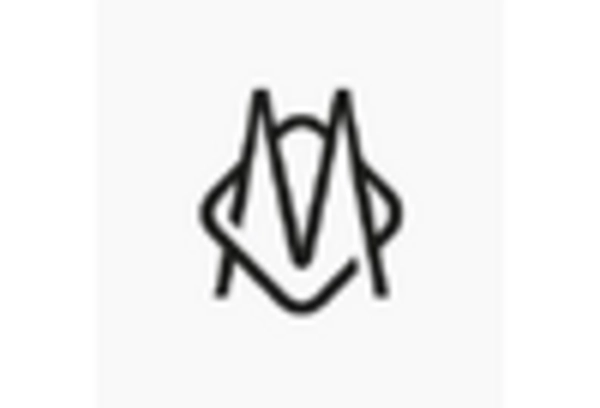
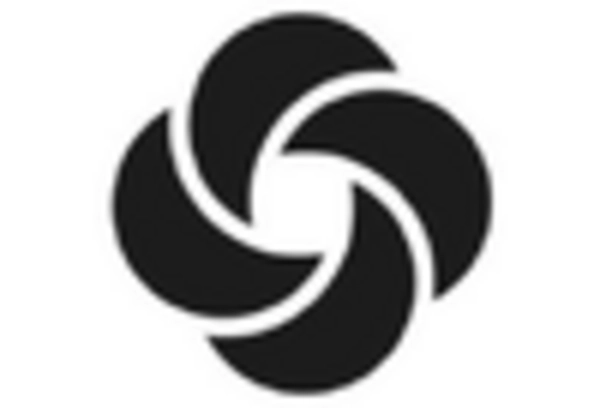

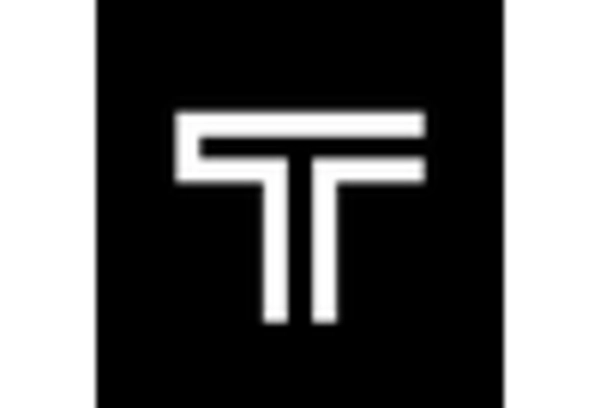








Leave a Comment